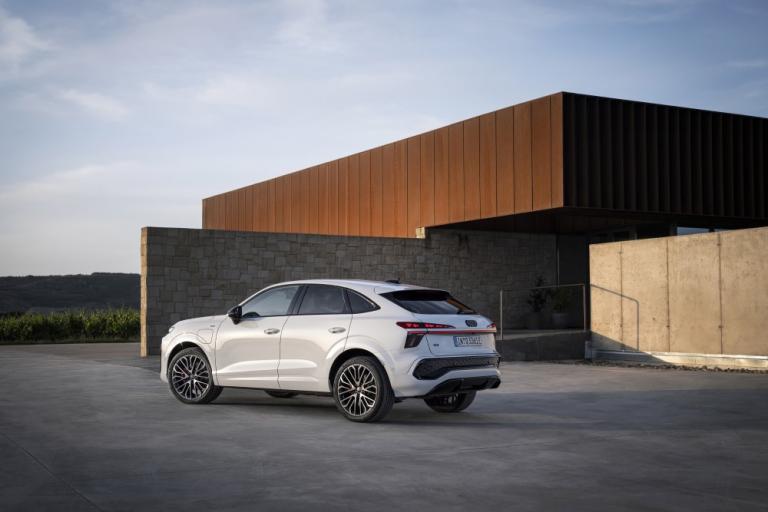Auto advice: What is WLTP and what has it to do with fuel and emissions?
Published on 19 February, 2023
Overview
All fuel, emission and range figures given by car manufacturers are the result of a set of test procedures conducted mainly in laboratories. This system of testing is known as the Worldwide Harmonised Light Vehicle Test Procedure, or WLTP. It is an EU-wide system that all new cars undergo before being put on sale and was introduced in September 2018.
Can you explain what the WLTP is?
Why was it introduced?
The WLTP replaced the long-established New European Driving Cycle (NEDC) and was in response to increasing demand for a more realistic measure of fuel consumption and emissions. For years there had been calls for a completely new test but the case gained momentum as a result of the Volkswagen diesel emissions scandal and the gulf between what could be achieved on the road and the official fuel consumption figures quoted by car makers.
This discrepancy meant the official figures for fuel economy were meaningless and consumers often paid much more at the pump than they expected, while governments that tax cars on CO2 output missed out on revenue.
What does it mean for car buyers?
The WLTP is designed to give consumers more accurate figures for emissions and official fuel figures that are achievable under real-world driving conditions.
It, therefore, allows car buyers to realistically compare makes and models.
What about electric vehicles?
The official WLTP figures for electricity consumption and the total driving range of an electric car are derived from the same tests as their petrol- and diesel-powered counterparts.
How does the WLTP work?
WLTP is not only a more comprehensive test than the one it replaces but it also ensures a much stricter car set-up and measurement conditions.
It had been known for years that carmakers were gaming lab tests in a host of ways – over-inflating tyres, taping doors, removing the sound system, and turning off the air conditioning were just a few methods that helped cut emissions in the lab, making the results impossible to replicate on the road.
Top Tip: The WLTP also mirrors more realistic driving behaviour by testing a greater range of driving situations and there is also an accompanying emissions test known as the Real Driving Emissions test (RDE).
Auto advice: Travelling with kids? Top tips to keep them happy and safe
Auto advice: What to do in the event of a vehicle recall and the processes involved
Latest Reviews

Leapmotor T03 EV launches in Ireland this October from €18,950 with 265km range

All-New Audi Q3: Sporty, Smart & Built for Everyday Life

Peugeot E-408 lands in Ireland: 453km electric fastback from €38,995